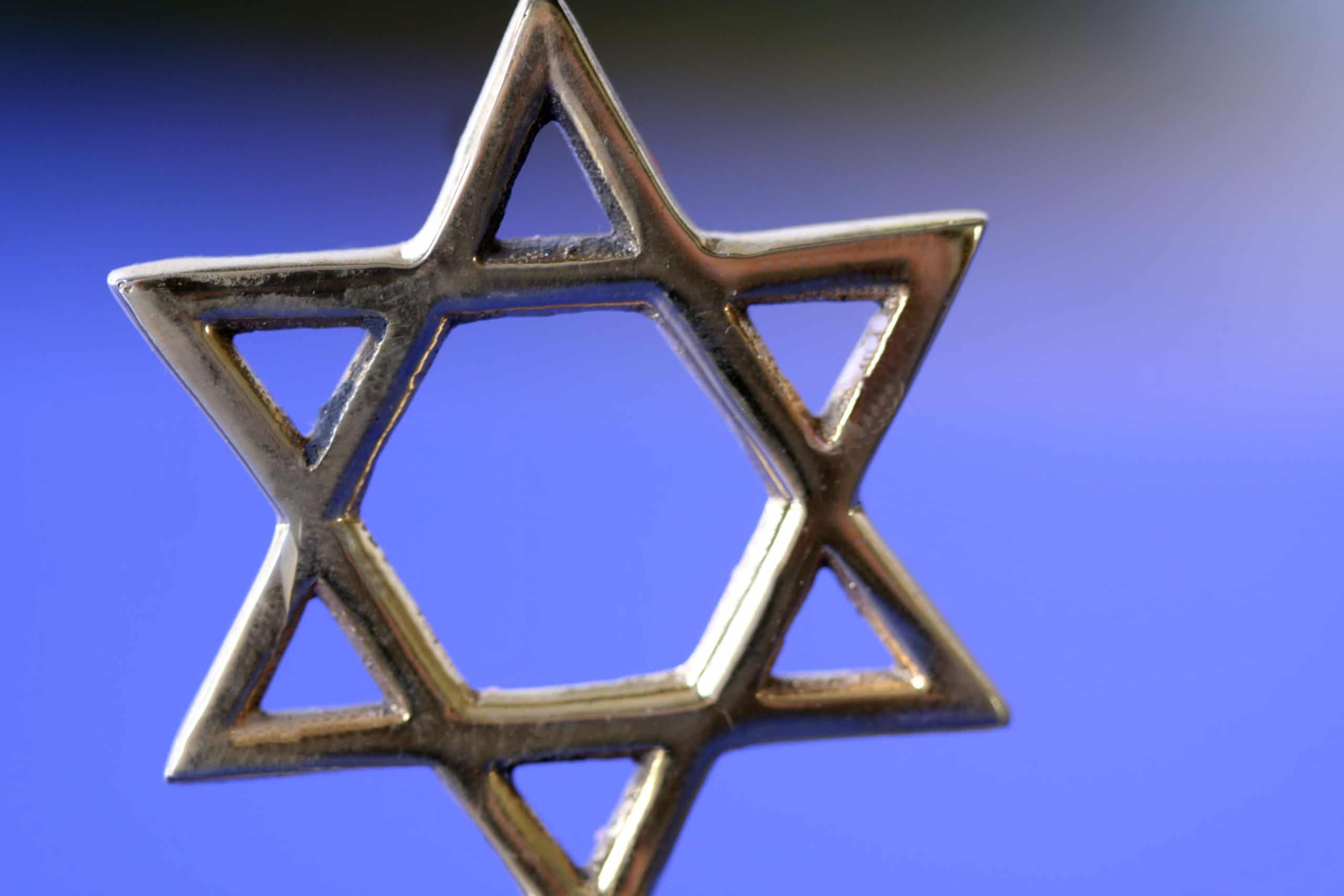What is the difference between a burnt offering and a sin offering?

There was clearly a difference between sin offerings and burnt offerings. Each of these offerings were subdivided, depending on the occasion. But the main difference is that sin offerings were compulsory while burnt offerings, peace offerings and grain offerings were voluntary. That difference is significant. The main sin offering required by God was on the great Day of Atonement, when the sins of the entire nation were atoned for. (Leviticus 16). This is symbolic of the atoning sacrifice of Christ as the “antitypical” bullock offered on that day.
However, there were other, less significant sin offerings presented. (click here: This chart may be helpful in seeing the various types of offerings.) It details the types of sin offerings, who they were for, how the sacrifices were handled, and the symbolic meaning of each one.
One key to knowing when these other sin offerings are applied antitypically is to answer, “What was done with the blood?”
If it was taken into the Holy and sprinkled towards the second veil, the symbolism pertained to the church in this age or time period. This was the case when a sin was committed by a priest or the congregation, If the blood remained in the court and sprinkled around that altar, then the picture pertains to the next age when mankind is resurrected and dealt with. This was the case when an individual Israelite sinned.
Burnt offerings served a different purpose
Since they were not required, they represent freewill offerings. For example, in Leviticus 1, any Israelite could bring a burnt offering of various types of animals, from bulls to pigeons. (See the chart on the various animals used) He gave these to the High Priest and they were burned on the altar in the Tabernacle court. This cooperation between the one bringing an offering and the High Priest sacrificing the animal represents the work of Jesus and the church during the Millennial Age as they work with mankind to train them in righteousness. To make progress, each individual must be willing to learn and grow. This is shown when the individual places his hands on the animal, as if saying, “this animal represents me.” The priest then offered the sacrifice to God on behalf of the individual. In burnt offerings, we see a cooperation between individual Israelites and the High Priest.
However, there is one burnt offering that strictly applies to Jesus called the “continual burnt offering.” It is the second burnt offering category listed on the chart. One lamb was offered in the morning as the first offering of the day, and another lamb was offered in the afternoon, the last offering of the day. This beautifully corresponds to the time Jesus spent on the cross. He was placed on the cross at 9:00 AM and died at 3:00 PM. His offering allowed all future sacrifices to be acceptable to God. It was continual in the sense that Jesus’ sacrifice continues without the need for repetition. As you can see there is much to study along these lines.
For a detailed look at the different offerings, see our chart: Tabernacle Offerings
To learn more about sacrifices and the Jewish Tabernacle listen to,
“What’s the Difference Between Burnt Offerings and Sin Offerings?”
“Should Christians Care About the Jewish Tabernacle?”






